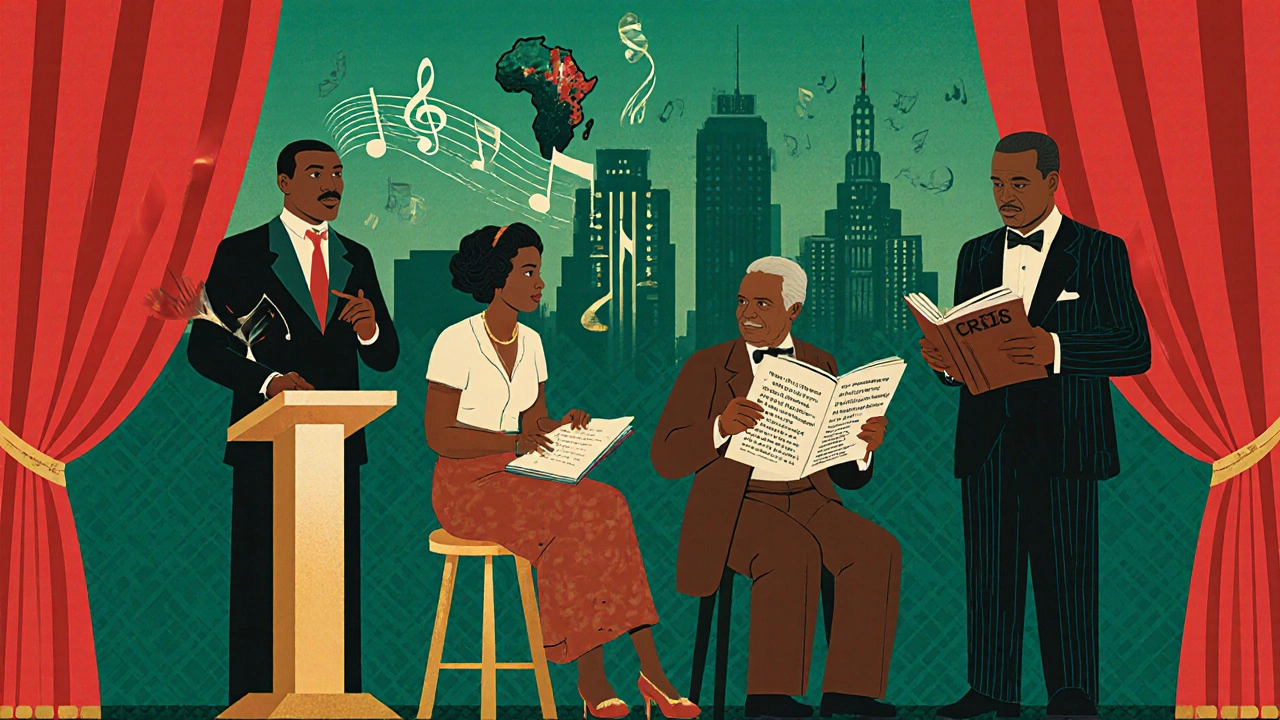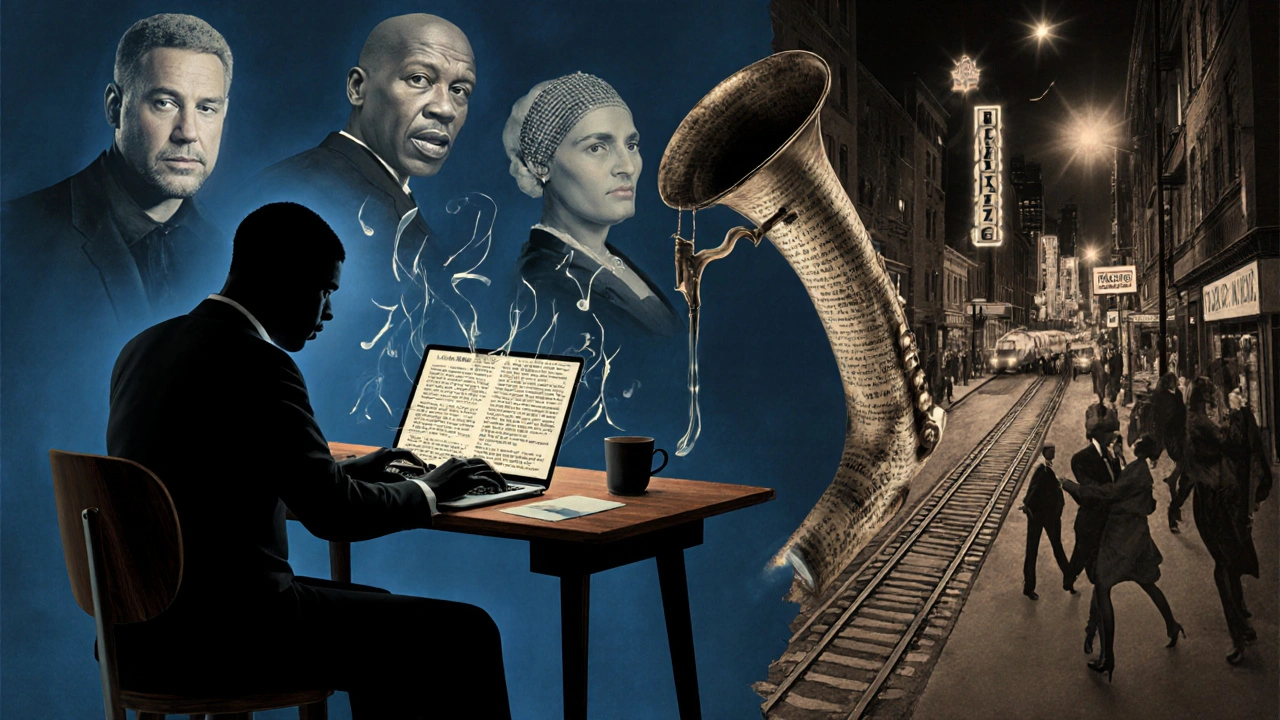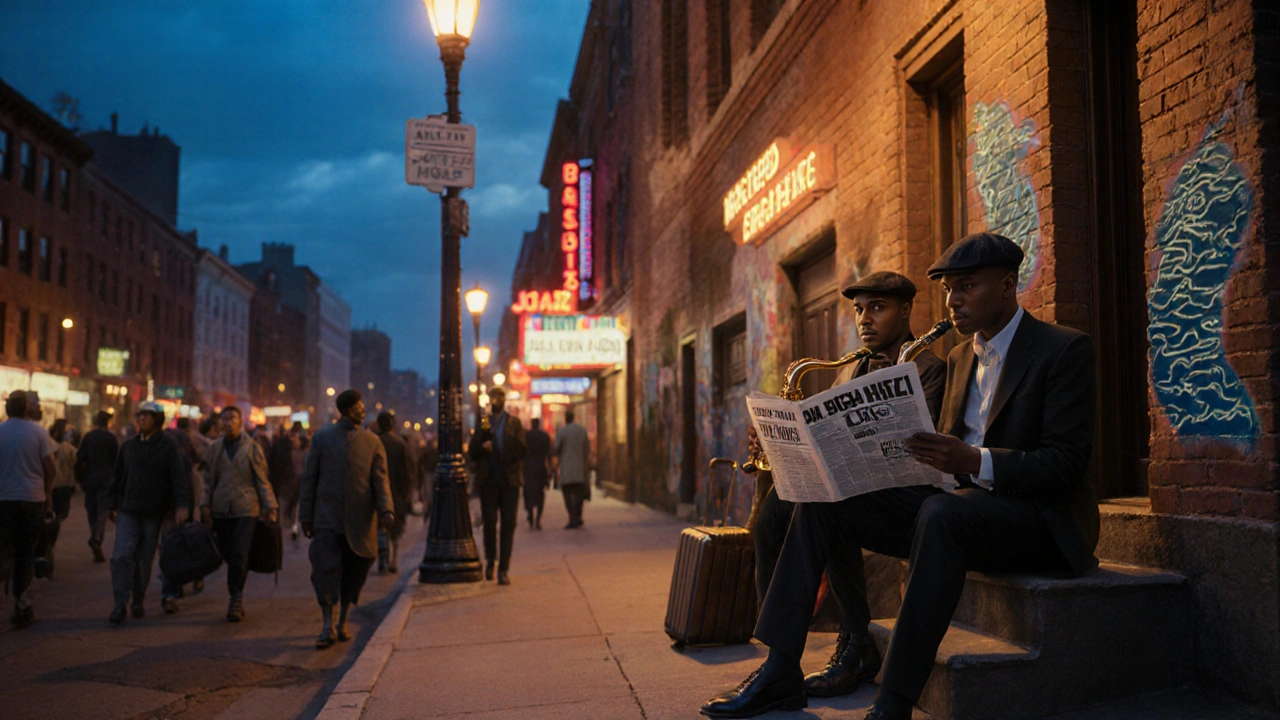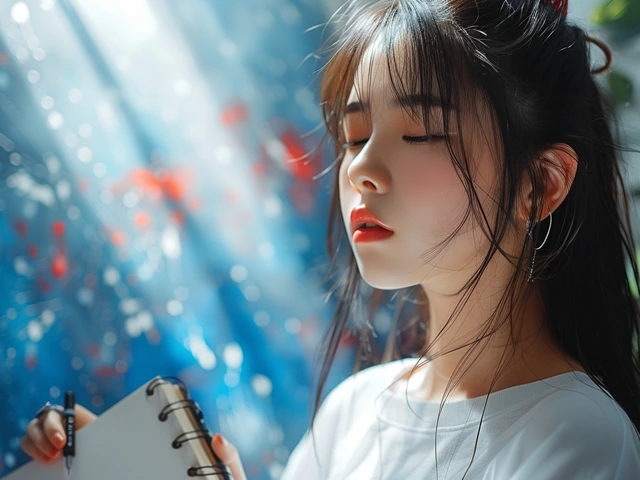Quick Takeaways
- The Harlem Renaissance reshaped narrative styles, themes, and self‑representation for Black writers.
- Key figures like Langston Hughes - poet and playwright who gave voice to everyday Black life and Zora Neale Hurston - anthropologist‑novelist known for folklore‑rich storytelling set the tone for future generations.
- Modern authors such as Toni Morrison and Maya Angelou trace their thematic roots back to the era’s focus on identity, migration, and cultural pride.
- Understanding the movement’s core elements-Jazz rhythm, the Great Migration, and activist magazines-helps readers spot its influence in today’s books.
- A side‑by‑side theme table makes it easy to compare classic Renaissance motifs with those in contemporary Black literature.
What Was the Harlem Renaissance?
The Harlem Renaissance was a cultural and artistic explosion among African Americans in the 1920s‑1930s, centered in Harlem, New York. It emerged alongside the Great Migration - the mass relocation of Black families from the rural South to Northern cities, which created a new urban audience hungry for representation.
Beyond literature, the era pulsed with Jazz - a syncopated music style that embodied improvisation and freedom. Musicians, painters, and writers all fed off each other’s energy, producing magazines like The Crisis - NAACP’s flagship publication that showcased poetry, essays, and political commentary. This ecosystem gave Black creators a platform to rewrite the narrative of America.
Key Voices Who Redefined the Black Narrative
While dozens contributed, a handful stand out for their lasting impact:
- Langston Hughes: His poems such as “The Negro Speaks of Rivers” combined everyday slang with musical cadence, reflecting the rhythm of Jazz and the daily grind of Harlem streets.
- Zora Neale Hurston: In Their Eyes Were Watching God, she wove Southern folklore and strong female protagonists, challenging both racial and gender stereotypes.
- Claude McKay: A Jamaican‑born poet whose work highlighted labor struggles and the beauty of Black life in urban settings.
- W.E.B. Du Bois: Though primarily a scholar, his essays in The Crisis argued for a “New Negro” who demanded equal rights and cultural pride.
These creators shifted the literary map from the paternalistic depictions of the 19th‑century to a self‑determined, vibrant portrayal of Black experience.

How the Movement Shaped Themes in Modern Black Literature
Contemporary Black writers inherit three core thematic strands:
- Identity and Self‑Definition: The Renaissance’s “New Negro” concept still fuels books that ask, “Who am I beyond society’s labels?”
- Migration and Displacement: The legacy of the Great Migration lives on in stories about moving for opportunity, from rural hometowns to urban centers.
- Cultural Rhythm: Jazz’s improvisational spirit translates into narrative structures that bend time, jump between perspectives, and embed music references.
Authors like Toni Morrison - Nobel laureate whose novels blend lyrical prose with African American history and Maya Angelou - poet‑memoirist whose work echoes the resilience celebrated during the Renaissance explicitly cite those influences.
From Harlem to Today: Direct Lineage in Contemporary Authors
When you pick up a modern novel, you’ll often find a hidden thread linking it back to the 1920s:
- Colson Whitehead - In The Nickel Boys, the narrative structure mirrors Jazz improvisation, shifting between past and present to expose systemic racism.
- Jesmyn Ward - Her focus on Southern Black families echoes Hurston’s folkloric roots while tackling today’s climate of poverty.
- Roxane Gay - Essays in Bad Feminist channel Du Bois’s activist tone, demanding both racial and gender equity.
These writers aren’t just borrowing style; they’re continuing a conversation started a century ago about dignity, community, and artistic freedom.

Core Elements to Recognize in Modern Works
Use this quick checklist when you read a new Black author:
- Does the story grapple with identity beyond stereotypical roles?
- Is there a sense of migration-physical or emotional-shaping the protagonist?
- Do rhythm, music, or oral storytelling techniques shape the prose?
- Is there an activist undercurrent, a call for social change?
- Are cultural traditions, folklore, or historical references woven into the plot?
If you answer “yes” to several, you’ve likely found a modern echo of the Harlem Renaissance.
Theme Comparison: Harlem Renaissance vs. Modern Black Literature
| Theme | Harlem Renaissance (1920‑1935) | Modern Black Literature (2000‑2025) |
|---|---|---|
| Identity | Emergence of the “New Negro”; pride in Black culture. | Intersectional identities; blending race, gender, sexuality. |
| Migration | Great Migration narratives; urban vs. rural tension. | Global diaspora; digital migration and virtual communities. |
| Artistic Form | Jazz‑infused poetry, experimental prose. | Multimedia storytelling - prose, rap lyrics, graphic novels. |
| Activism | NAACP‑driven political essays; calls for civil rights. | Black Lives Matter influence; systemic critique across genres. |
| Folklore & Tradition | Oral storytelling, African myths retold. | Reclamation of ancestral practices, culinary and spiritual motifs. |
Frequently Asked Questions
Why is the Harlem Renaissance considered a turning point for Black literature?
It gave Black writers a platform to express their own stories, shifting from external stereotypes to self‑defined narratives. The movement also introduced new artistic forms, like Jazz‑inspired poetry, that expanded the literary toolkit.
Which modern authors are most directly influenced by Harlem Renaissance writers?
Toni Morrison, Maya Angelou, Colson Whitehead, Jesmyn Ward and Roxane Gay all cite Harlem figures such as Langston Hughes and Zora Neale Hurston as inspirations for their themes, style, and commitment to social critique.
How did the Great Migration shape the literature of the era?
The mass move from the rural South to urban North created a new audience and a clash of cultures. Writers captured the hope, dislocation, and new urban identities that emerged, giving literature a fresh, geographic focus.
Can I see Harlem Renaissance influences in non‑fiction works today?
Yes. Essays, memoirs, and even journalism often echo the activist tone of The Crisis and the storytelling rhythm of Jazz, aiming to both inform and evoke cultural pride.
What are some quick ways to spot Harlem Renaissance themes in a modern novel?
Look for characters wrestling with identity, references to migration (whether physical or emotional), musical language that feels rhythmic, and a subtle push for social change. If these appear, the author is likely channeling that historic legacy.




